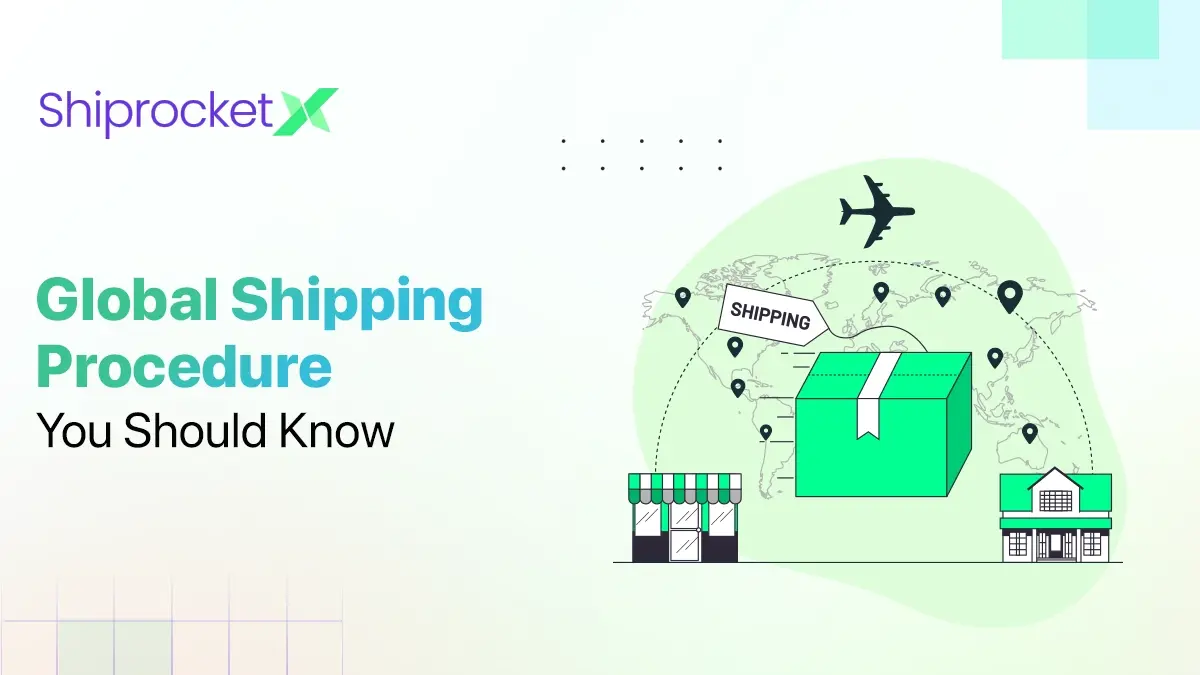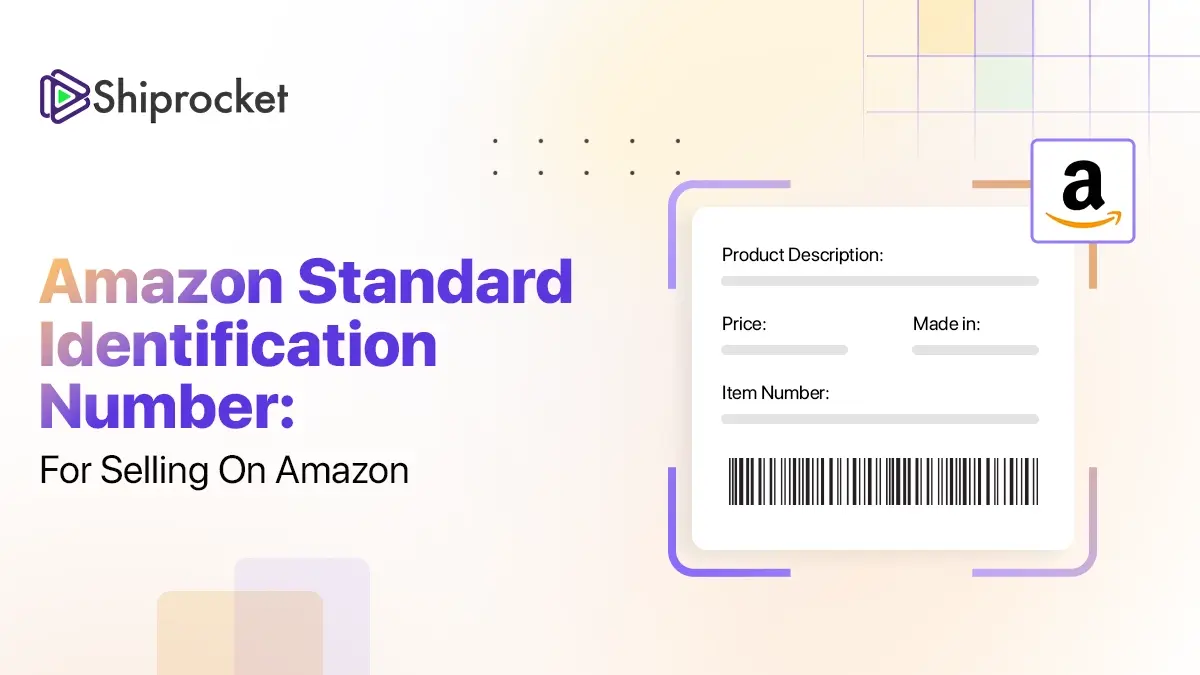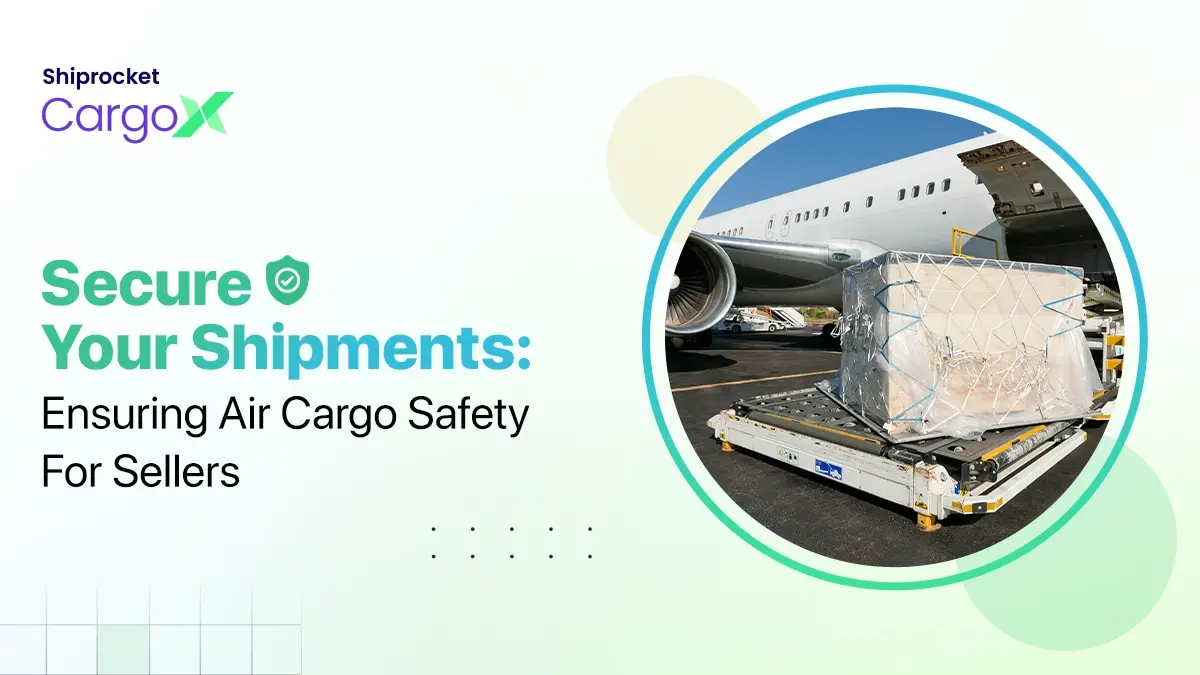Contribution Of MSMEs To Indian eCommerce Exports In 2024

Micro, small, and medium-sized businesses in India have recently established themselves to be the driving force behind increasing employment opportunities, innovative export pathways, and entrepreneurship.
In India, SMEs are those small-scale businesses that have limited fixed asset investments as well as low comparatively low operating costs in the trade sector.
Did you know that India is on its way to becoming the third-largest consumer market after the US and China?
With eCommerce robustly growing in the post-pandemic times, Indian SMBs can now reach out to a global audience, and grab sales from across the world.
Impact Of eCommerce On SMEs In India
Today, around 43% of Indian SMEs participate in online sales from India.
When compared with MSMEs from other budding eCommerce nations such as China, Brazil, and Indonesia, assertively 100% of all Indian SMEs have an online website, use online marketing tools for product promotions, and make borderless transactions using eCommerce payment gateways.
On the other hand, as compared to global markets like the US and the UK, only 5% of SMEs have a website in India, and 50% of Indian SMEs have domains in these foreign nations.
When it comes to micro businesses, almost 75% of them have adopted the eCommerce method of international selling, owing to the support of the internet to challenge the status quo and leverage technology to streamline orders that are shipped to distant destinations.

Role Of Indian Govt. In SME Growth
Trivia: Foreign trade of the nation today constitutes 45% of India’s GDP.
In the past couple of years, the Indian Government has introduced multiple campaigns and initiatives to support our MSME sector with programs such as Atmanirbhar Bharat and Make In India. These programs fuel the growth of local businesses throughout the country as well as internationally by promoting local manufacturing hubs and business marketing via eCommerce marketplaces.
How Does The Logistics Sector Help?
Whether it’s parts of a whole item or a combo package, the global logistics sector is vital for seamless transportation of eCommerce orders beyond borders. But for SMBs, the challenge lies in the lack of awareness of compliance in cross-border trade and other primary regulatory information.
Role Of A 3PL Solution
Nowadays, various 3PL logistics solutions have partnered with Government export organisations such as the Federation Of Indian Export Organisations (FIEO) which help provide end-to-end support and updated information to SMBs on enabling and expanding their export horizons. For example, shipping of certain product categories such as gems and jewellery, pharmaceuticals, and health tech requires automated tools for simplified documentation, and provisions of multiple courier modes for global reach at the desired timelines. A reliable cross-border logistics operator not just helps you target the right markets for your business, but also steers clear of regulatory issues and penalties in the destination ports.
Summary: eCommerce Helping SMEs Expand Reach Globally
The MSME sector is single-handedly boosting eCommerce exports from India in 2024. With CSB-V limitations increased to up to ₹10 Lakh for bulk shipments, it has become easier for SMBs to expand without minimal curbs in shipment volume. With features such as choice of shipping mode, payment tools, digitalised documentation, and automated ecosystems in place, logistics solutions like Shiprocket X have helped small businesses to scale much quicker and hassle-free for cross-border shipments.






